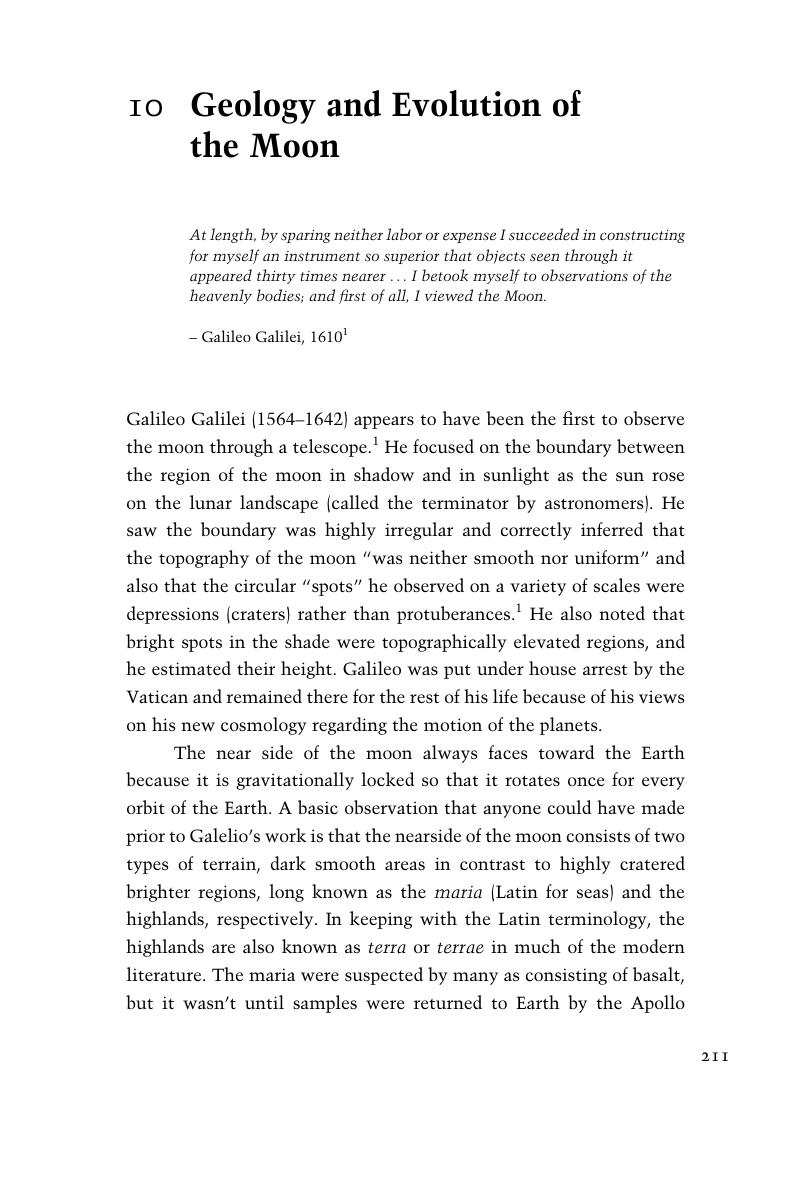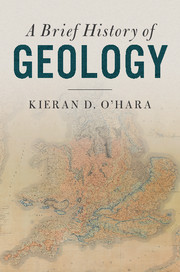Book contents
- A Brief History of Geology
- Reviews
- A Brief History of Geology
- Copyright page
- Contents
- Preface
- 1 Major Nineteenth-Century Players
- 2 Toward a Geologic Time Scale
- 3 A Vestige of a Beginning
- 4 The Origin of Igneous Rocks
- 5 Tectonics in Crisis
- 6 Continental Drift
- 7 Plate Tectonics
- 8 Isotope and Trace Element Geology
- 9 Ice Ages and Ice Cores
- 10 Geology and Evolution of the Moon
- 11 Welcome to the Anthropocene
- 12 The Structure of Geological Revolutions
- Index
- References
10 - Geology and Evolution of the Moon
Published online by Cambridge University Press: 06 April 2018
- A Brief History of Geology
- Reviews
- A Brief History of Geology
- Copyright page
- Contents
- Preface
- 1 Major Nineteenth-Century Players
- 2 Toward a Geologic Time Scale
- 3 A Vestige of a Beginning
- 4 The Origin of Igneous Rocks
- 5 Tectonics in Crisis
- 6 Continental Drift
- 7 Plate Tectonics
- 8 Isotope and Trace Element Geology
- 9 Ice Ages and Ice Cores
- 10 Geology and Evolution of the Moon
- 11 Welcome to the Anthropocene
- 12 The Structure of Geological Revolutions
- Index
- References
Summary

- Type
- Chapter
- Information
- A Brief History of Geology , pp. 211 - 233Publisher: Cambridge University PressPrint publication year: 2018



